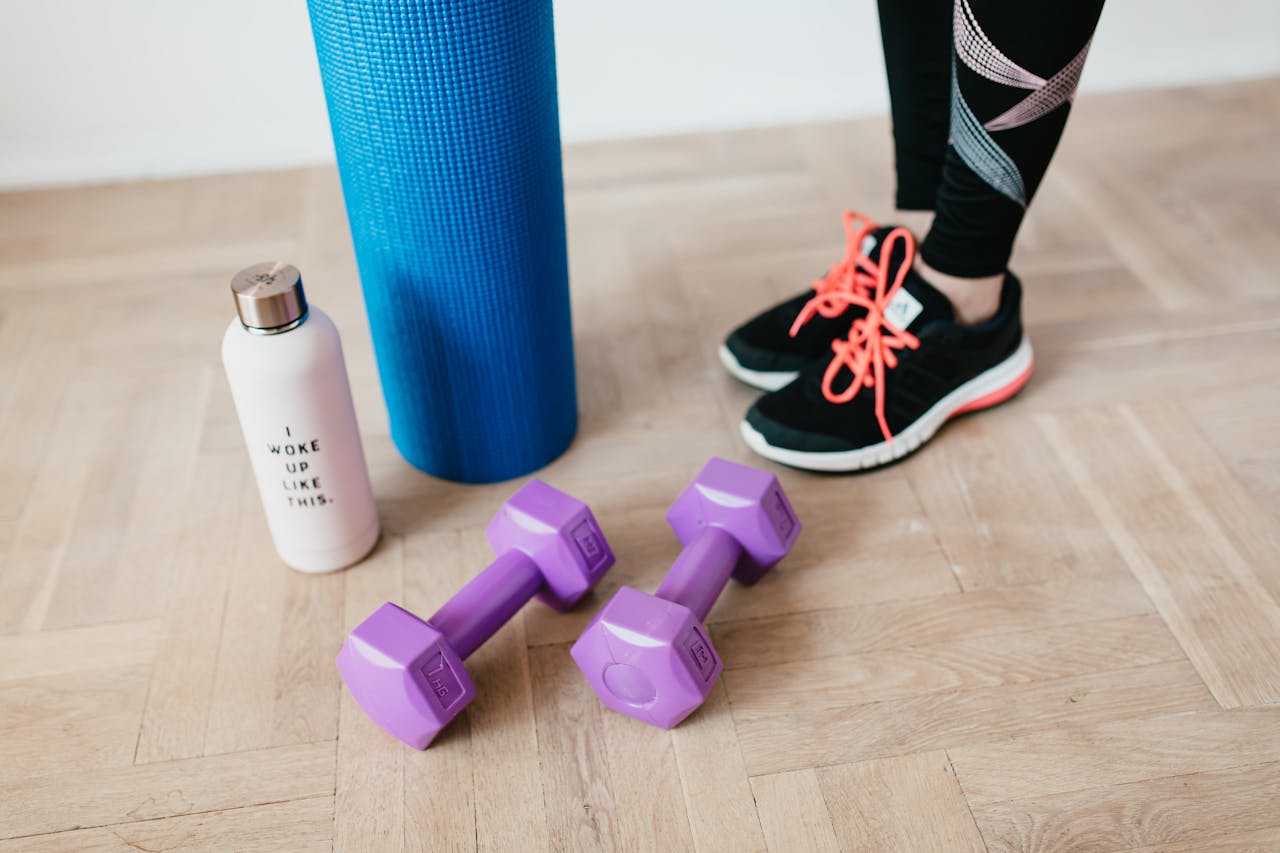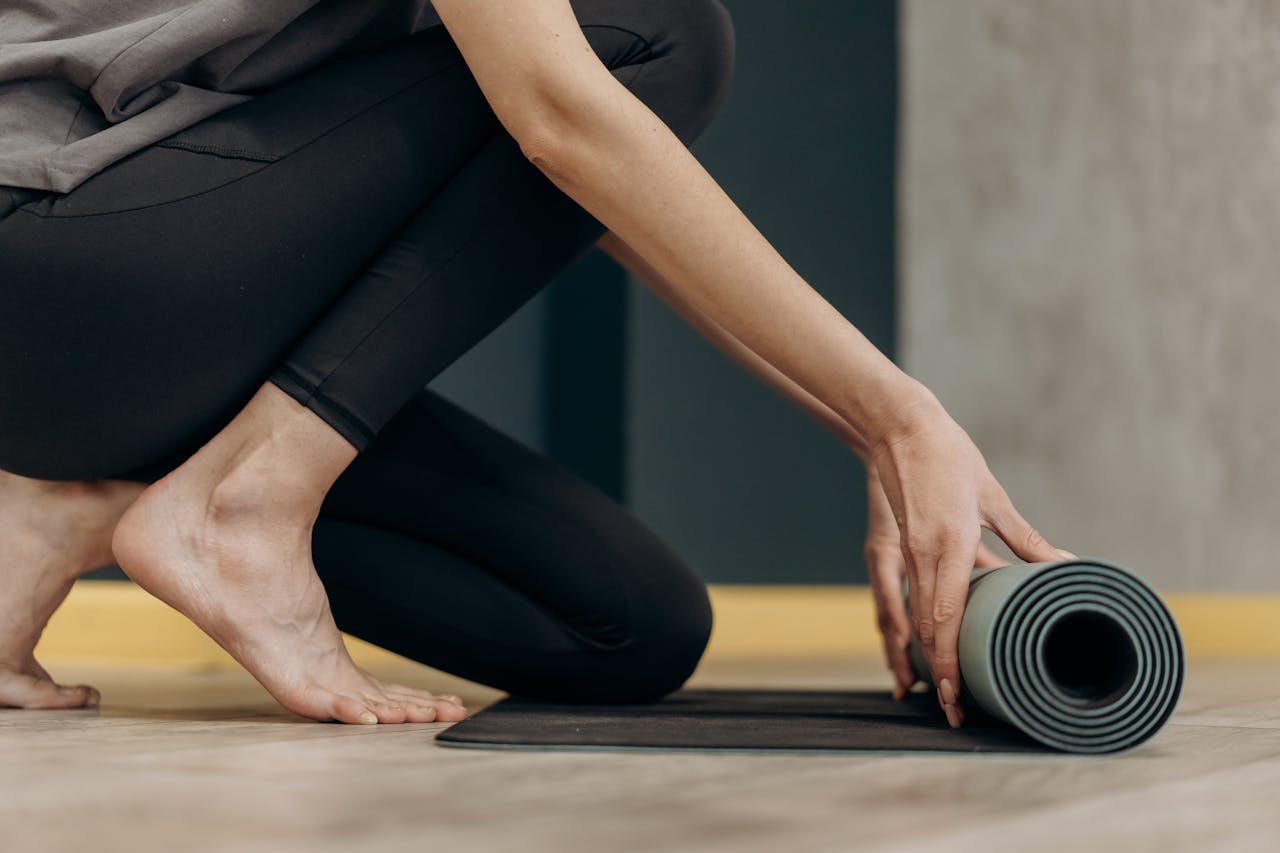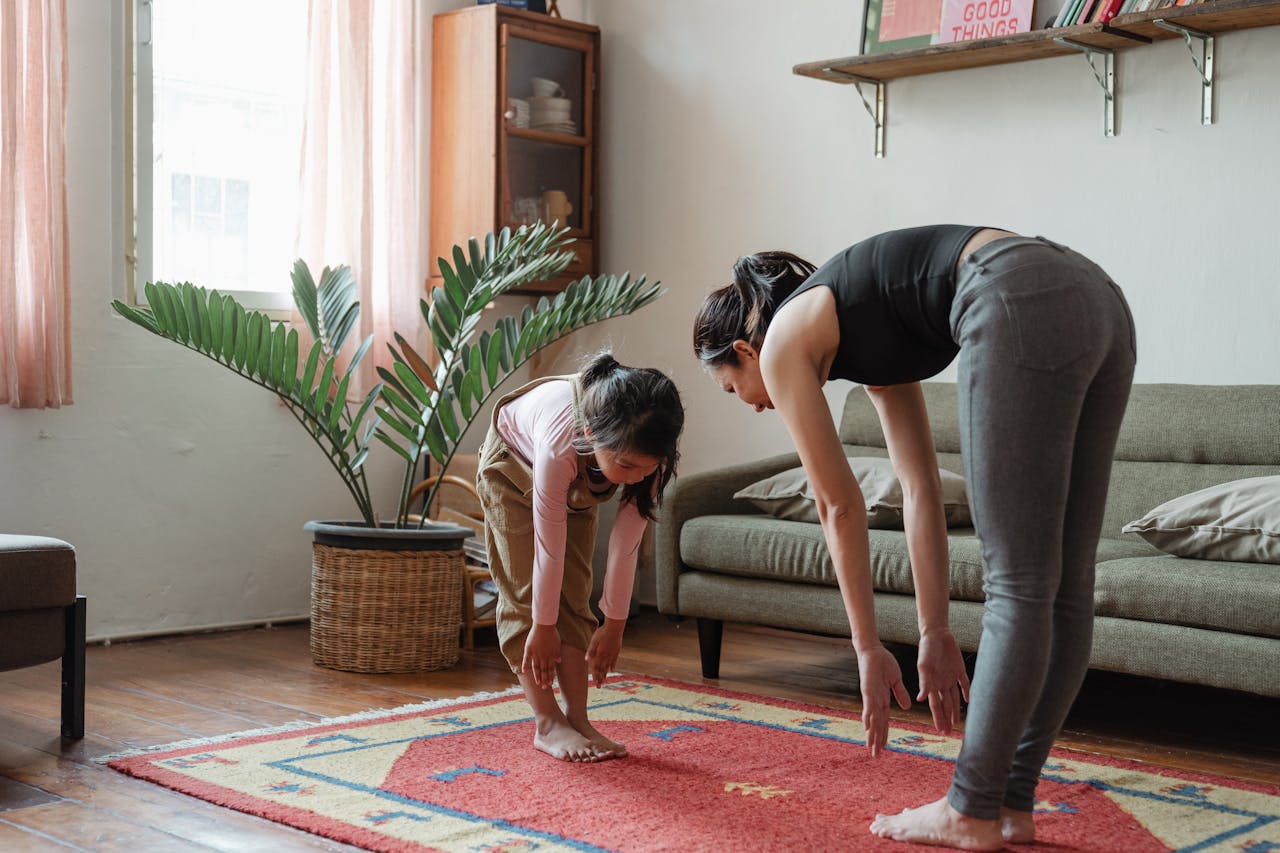In Malaysia, many working adults lead increasingly busy lives, juggling demanding careers, family responsibilities, and social obligations. The fast-paced lifestyle, long working hours, and the need to commute in heavy traffic often leave little time for personal pursuits, including maintaining a regular workout routine. For many, the challenge lies not only in finding the time but also in managing energy levels after a long day at work. With so much on their plates, it’s easy for exercise to take a back seat.
However, having a well-planned workout schedule is essential for overall health and well-being. Not only does it help in managing weight, building muscle, and improving endurance, but it also plays a crucial role in reducing stress and enhancing mental clarity. A home workout routine offers a convenient and effective way to stay fit without the need for expensive gym memberships or equipment. By exercising regularly, you can enjoy numerous health benefits, from increased energy levels to a reduced risk of chronic diseases. Here are the steps you can take to create a home workout routine:
1. Setting Your Goals
The first step in creating a successful home workout routine is to set clear, achievable fitness goals. Whether you aim to lose weight, gain muscle, improve endurance, or simply relieve stress, defining your objectives is crucial. For example, if your goal is weight loss, you might focus on a combination of cardio and strength training. If muscle gain is your priority, you could emphasise resistance exercises with progressive overload. Setting goals not only keeps you motivated but also provides a roadmap for your fitness journey, helping you stay focused and committed.

2. Planning Your Workouts
A balanced workout plan is essential for achieving well-rounded fitness. Your routine should include a mix of cardio, strength training, and flexibility exercises to target different aspects of fitness. For beginners, a simple weekly schedule might include two days of cardio (such as jogging or cycling), one day of strength training (using bodyweight exercises or light weights), and one day of flexibility exercises (like yoga or stretching). Intermediate and advanced exercisers can increase the intensity and frequency of workouts, incorporating more challenging exercises and shorter rest periods. Remember to include rest days in your schedule to allow your body to recover and prevent overtraining.
3. Choosing the Right Exercises
Selecting the right exercises is key to building an effective home workout routine. Here are some exercises categorised by fitness level and the muscle groups they target:
| Fitness Level / Muscle Group | Beginner | Intermediate | Advanced |
|---|---|---|---|
| Cardio | Marching in place, step touches | Jumping jacks, high knees | Burpees, mountain climbers |
| Upper Body | Wall push-ups, modified tricep dips | Push-ups, tricep dips on a chair | Plank shoulder taps, decline push-ups |
| Lower Body | Bodyweight squats, calf raises | Lunges, glute bridges | Bulgarian split squats, pistol squats |
| Core | Knee tucks, side planks | Bicycle crunches, leg raises | Hanging leg raises, dragon flags |
Choose exercises that match your fitness level and progressively challenge yourself as you build strength and endurance.
4. Staying Motivated
Maintaining motivation and consistency is often the hardest part of sticking to a workout routine. One effective strategy is to set small, incremental goals that are easier to achieve and track. For example, you might aim to increase the number of push-ups you can do each week or gradually shorten your rest periods between sets. Keeping a workout journal or using a fitness app to track your progress can also help you stay on course. Additionally, varying your routine by trying new exercises or workout formats can prevent boredom and keep you engaged.
5. Safety Tips and Injury Prevention
Proper form and technique are crucial for preventing injuries during workouts. Before starting any exercise, ensure you understand the correct way to perform it. Warm up before each session to prepare your muscles and joints for the workout, and cool down afterward to aid recovery. Listening to your body is also important—if you experience pain or discomfort, it's better to rest and recover than to push through and risk injury.

6. Adjusting Your Routine Over Time
As you progress in your fitness journey, it's important to periodically reassess your goals and adjust your routine accordingly. This could mean increasing the intensity of your workouts, trying new exercises, or changing your schedule to incorporate different types of training. Incorporating variety in your routine not only keeps things interesting but also challenges your body in new ways, helping you continue to make progress.
7. Benefits of Exercising Consistently
Consistent exercise offers numerous health benefits, including improved cardiovascular health, stronger muscles and bones, better mental health, and a lower risk of chronic diseases. Regular physical activity can also boost your immune system and enhance your quality of life. Additionally, consider adding health insurance as part of your overall approach to comprehensive well-being. Health insurance can provide financial protection in case of unexpected medical expenses related to a covered health issue under the policy.
Conclusion
Creating an effective home workout routine involves setting clear goals, planning balanced workouts, choosing the right exercises, staying motivated, and prioritising safety. By following these tips and tricks, you can build a routine that aligns with your fitness level and goals, helping you stay on track and achieve better health. Start planning and implementing your workout routine today, and take a proactive approach to your health and well-being by adding a comprehensive health insurance plan in Malaysia.
All or any of the benefits stated above are subject to terms and conditions. The above articles are intended for reference and informational purposes only. AmMetLife does not accept any responsibility for loss which may arise from reliance on information contained in the article.
References:
1. https://7goodminutes.com/how-to-create-a-home-workout-routine-youll-stick-to/
2. https://www.cdc.gov/physical-activity-basics/guidelines/adults.html

